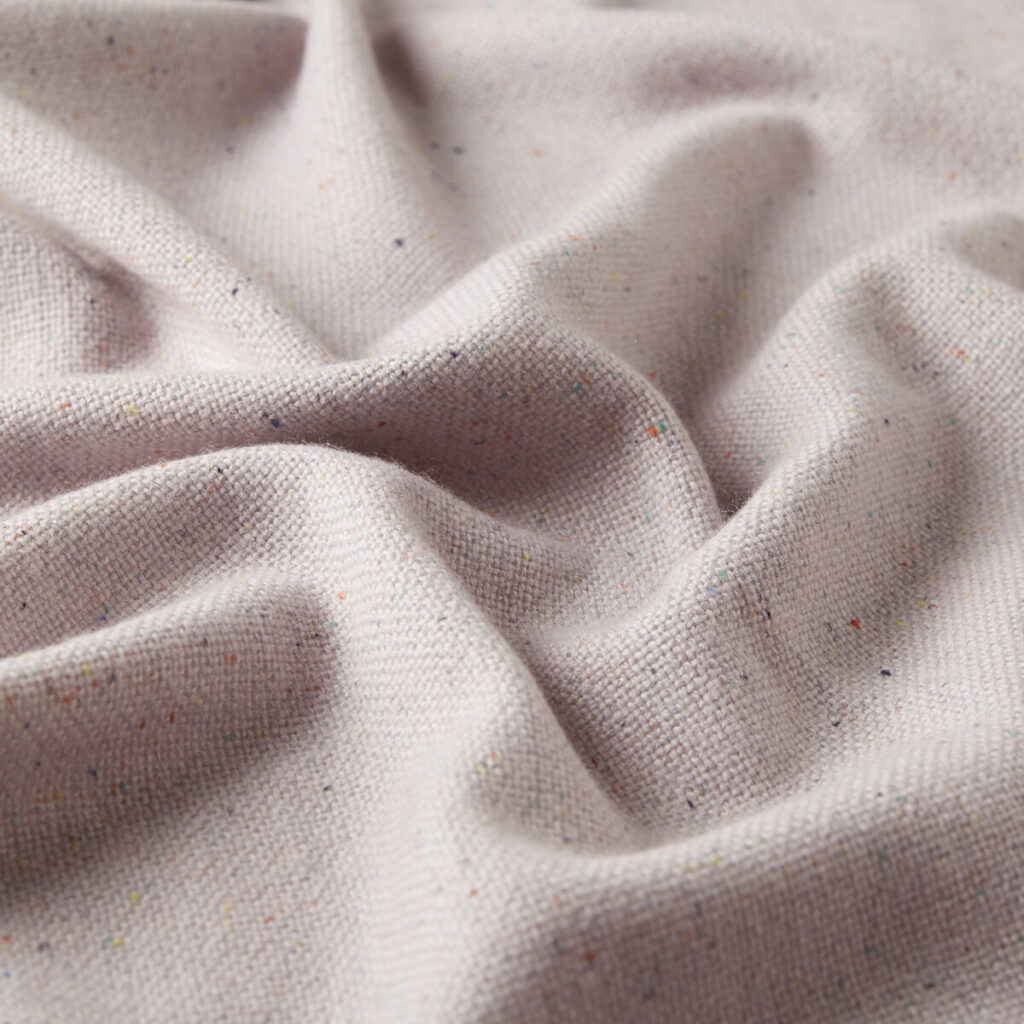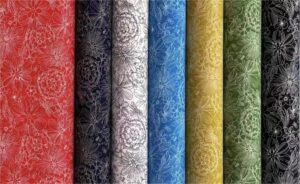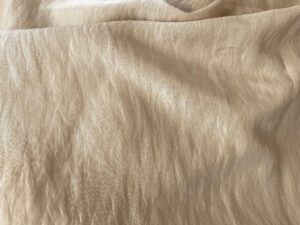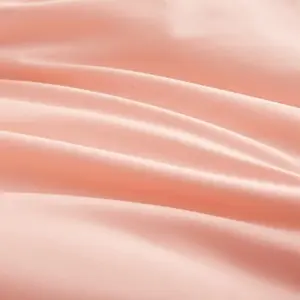What Are the Pros and Cons of Mixing Silk and Cashmere?
Fabric compatibility is crucial in fashion and sewing, as it influences the look, feel, and longevity of garments. Silk and cashmere, both luxurious in their own right, can be combined to create exquisite textures and designs. This article explores their compatibility, benefits, challenges, and practical tips for blending these fabrics effectively.
Compatibility Analysis
Yes, silk and cashmere can be successfully mixed, creating a fabric blend that combines the best features of both. Silk provides a smooth, lustrous finish, while cashmere adds warmth and softness. Key factors to consider include:
- Texture: Both fabrics offer a soft feel, but silk is smoother, and cashmere is fluffier.
- Weight: Silk is lightweight, while cashmere offers a bit more heft, balancing each other well.
- Stretch: Silk has minimal stretch, whereas cashmere has a slight natural elasticity.
- Care Requirements: Both require gentle handling, but silk is more delicate.
- Durability: Cashmere is more prone to pilling, while silk can snag easily.
Fabric Properties Comparison Table
| Property | Silk | Cashmere |
|---|---|---|
| Fiber Content | Natural | Natural |
| Weight and Thickness | Lightweight | Medium |
| Breathability | High | Moderate |
| Moisture-Wicking | Excellent | Good |
| Stretch and Elasticity | Minimal | Slight |
| Wrinkle Resistance | Moderate | Good |
| Care Instructions | Hand wash or dry clean | Hand wash or dry clean |
| Durability | Moderate | Moderate |
Benefits of Mixing These Fabrics
- Enhanced Texture and Visual Interest: The combination results in a unique tactile experience, with silk’s sheen complementing cashmere’s softness.
- Improved Comfort and Performance: Together, they offer warmth without weight, ideal for transitional seasons.
- Better Drape and Movement: Silk’s fluidity enhances cashmere’s structure, providing elegant drape.
- Cost-Effectiveness: Blending can be more affordable than using pure cashmere.
- Seasonal Versatility: Suitable for both warm and cool climates.
- Design Possibilities: Offers a wide range of applications in fashion and home decor.
Potential Challenges
- Different Shrinkage Rates: Pre-wash fabrics to minimize shrinkage surprises.
- Conflicting Care Requirements: Choose gentle, compatible care methods.
- Texture Clash or Pilling: Regularly de-pill cashmere and handle silk delicately.
- Seam Puckering: Use appropriate tension and needle size.
- Color Bleeding or Fading: Test for colorfastness before combining.
Practical Solutions
- Pre-treat and test fabrics.
- Use a stabilizer to manage puckering.
- Employ color catchers in the wash.
Sewing & Styling Tips
- Sewing Techniques: Use a fine needle (size 70/10) and silk thread for smooth seams.
- Interfacing and Stabilizer Needs: Choose lightweight interfacing to maintain drape.
- Seam Finishing Methods: French seams or serging prevent fraying.
- Pattern Selection Advice: Opt for simple, flowing designs that highlight fabric qualities.
- Styling Ideas: Pair with neutral tones for a sophisticated look in garments and home decor.
Care & Maintenance Guide
- Washing Instructions: Hand wash in cold water with gentle detergent.
- Drying Recommendations: Lay flat to dry, avoiding direct sunlight.
- Ironing and Steaming Tips: Use a low heat setting or steam from a distance.
- Stain Removal: Treat stains promptly with fabric-specific solutions.
- Long-term Care: Store in a cool, dry place to prevent moth damage.
FAQ Section
-
Can you wash silk and cashmere together?
Yes, but use cold water and a gentle detergent, hand washing is best. -
Will cashmere shrink more than silk?
Cashmere is more prone to shrinkage; pre-wash both fabrics to minimize issues. -
What needle size should I use for sewing these fabrics together?
A fine needle, size 70/10, is recommended. -
Can you mix silk and cashmere in one garment?
Absolutely, they complement each other beautifully. -
How do you prevent puckering when combining these fabrics?
Use the right needle and thread, and adjust sewing machine tension. -
Is it okay to mix silk and cashmere for upholstery?
While possible, be cautious of wear and tear; use in low-traffic areas. -
What’s the best way to finish seams with these fabrics?
French seams or serging provide a clean finish.
Mixing silk and cashmere can result in luxurious, versatile fabrics that enhance both fashion and home decor. By understanding their properties and following expert tips, you can create stunning, durable pieces that showcase the best of both worlds.




Leave a Reply